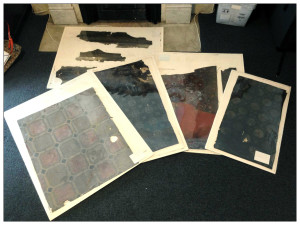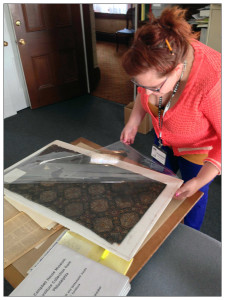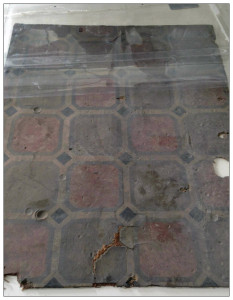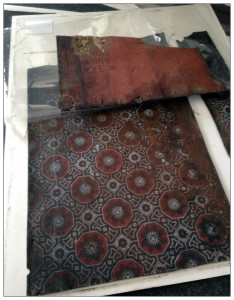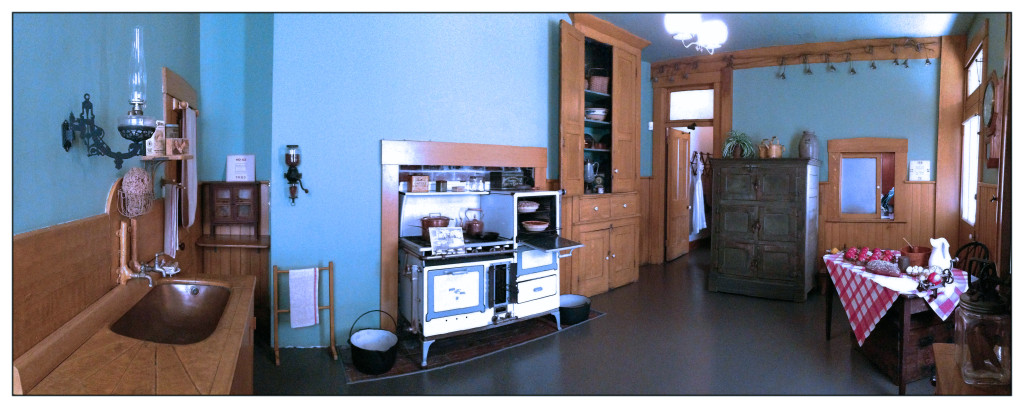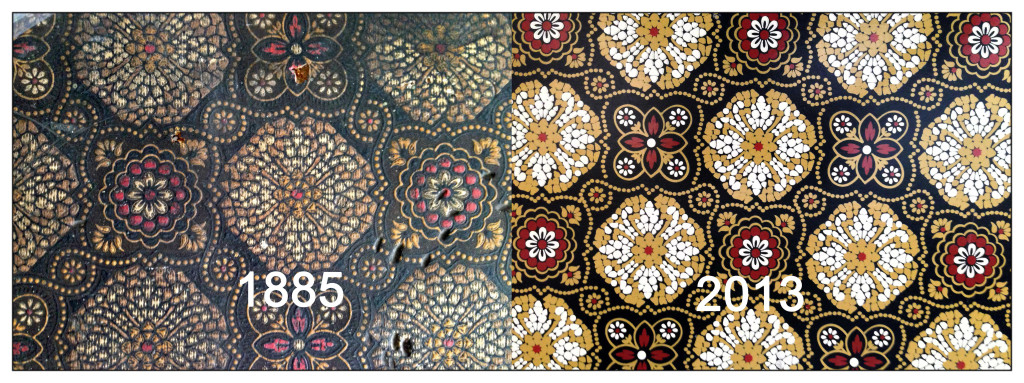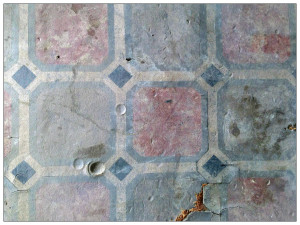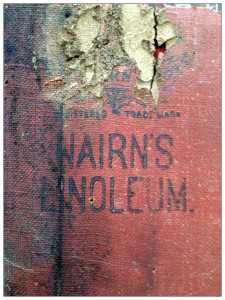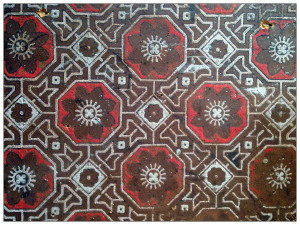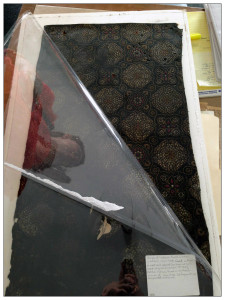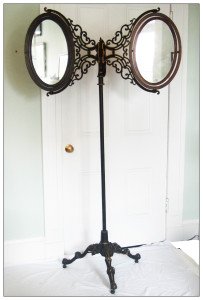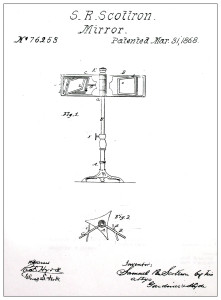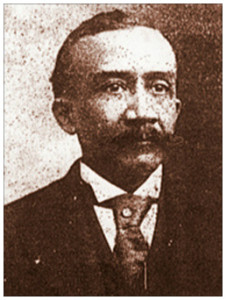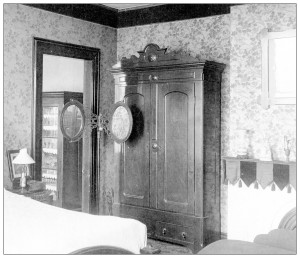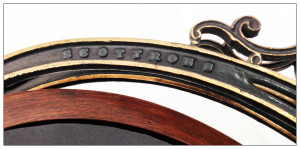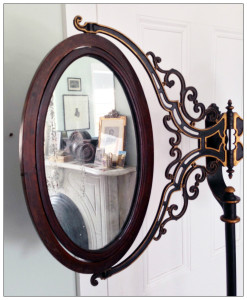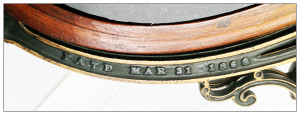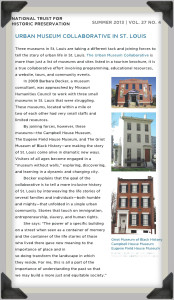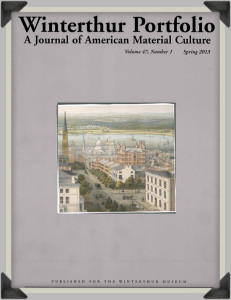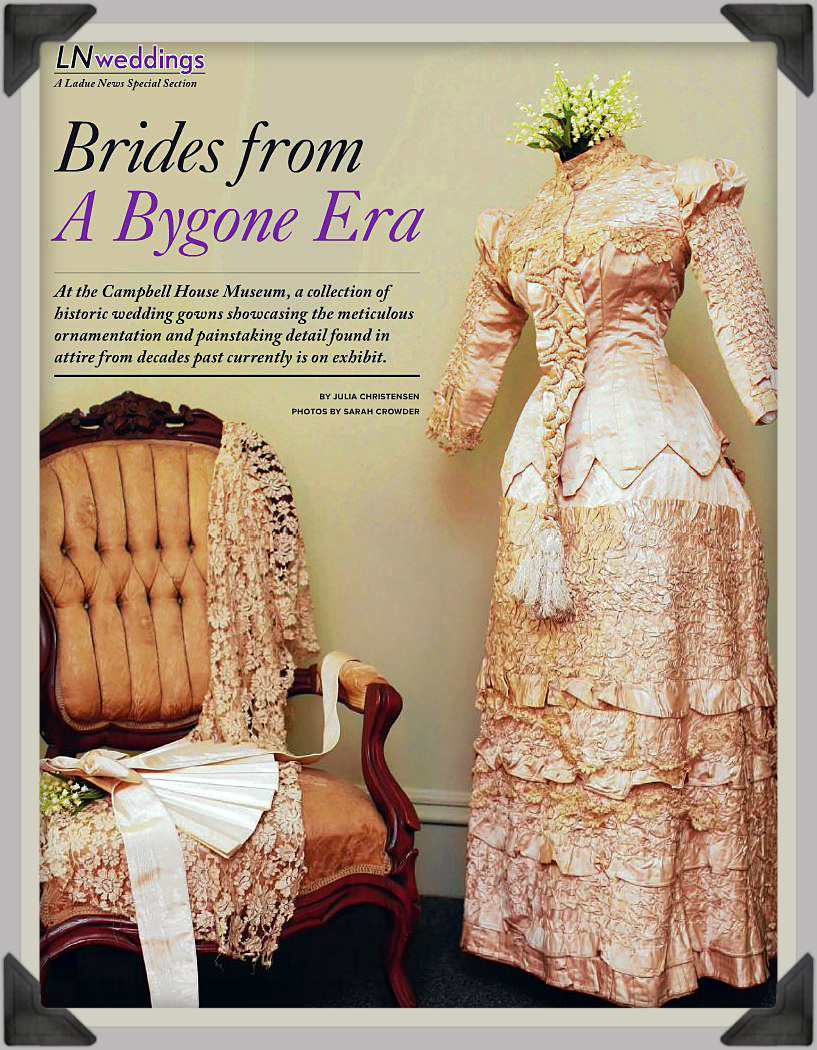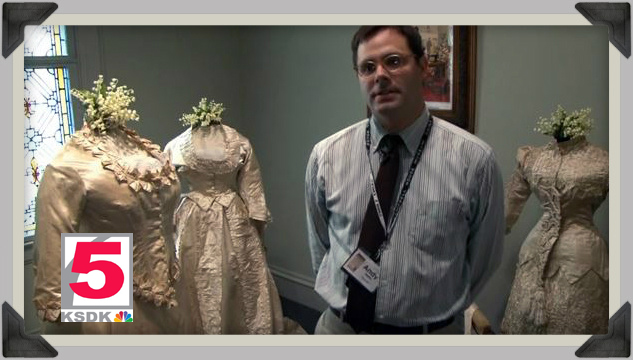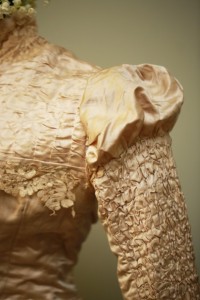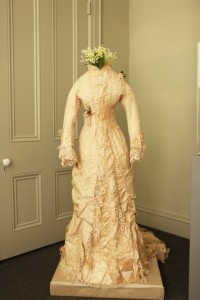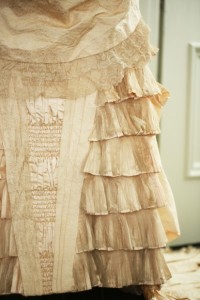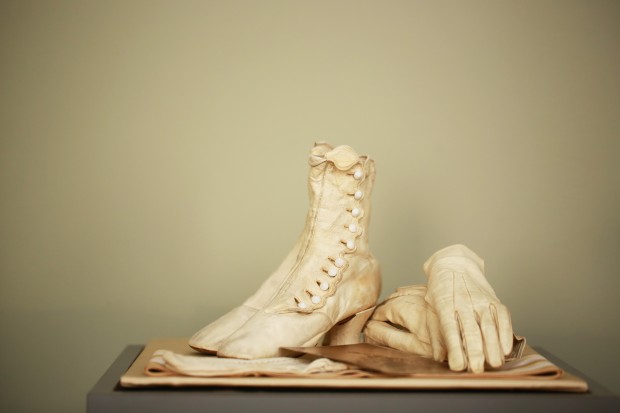A trip to the Campbell House Museum guarantees a couple of things:
1.) You’re going to walk up and down a lot of stairs.
2.) You’re going to get a great, engaging tour from one of our awesome docents or interns.
3.) You’re going to see some incredible examples of Victorian interior design and beautiful works of art.
This post focuses on the last point—the outstanding collection of art accumulated over the years by Robert and Virginia Campbell and their sons—and we have our recently departed Spring intern Amy to thank for the great research that went into what you’re about to read.
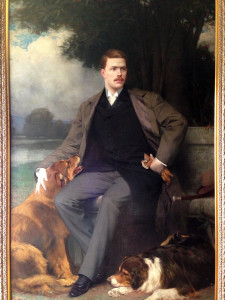
Painting of James Campbell by Jules Lefebvre, painted in Paris in 1895.
While Campbell House does boast some beautiful original works of art, like the portrait of the dashing James Campbell hanging in the library painted by renowned artist Jules Lefebvre, many of the artworks that you see on a trip to the museum are copies of original works, some going back to antiquity.
What’s pretty interesting though is that, upon further examination, resourceful intern Amy unraveled the story of one of our sculptures and revealed that it’s actually a copy of a copy… of a copy.
A hugely popular trend for wealthy families like the Campbells in the 19th century was to display works by well known artists in their homes. However, displaying original sculptures by legendary artists would have been impractical and often financially impossible—even for wealthy families like the Campbells. On top of that, most of the originals were incredibly heavy—made out of marble, so buying plaster copies of the originals made them easier to ship and were much more practical to display in a residential setting.
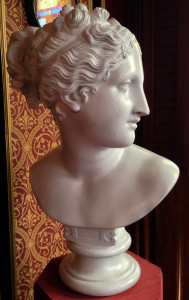
Bust of “Venus Italica” by Antonio Canova in the Campbell House Morning Room.
One artist for which the Campbells seem to have had a particular affinity was Italian sculptor Antonio Canova, whose work dates from the late 18th and early 19th centuries. The most detailed of his works on display here at Campbell House can be found in the Morning Room—a bust of his Venus Italica.
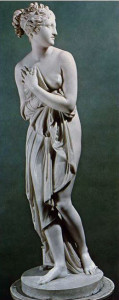
Canova’s original “Venus Italica”
Ok, so you’re probably assuming that this isn’t the original sculpture by Canova. And you’re right. In fact, the original is significantly larger, and a bit…exposed. Not necessarily something Virginia Campbell would have wanted greeting guests as they walked through her home.
What’s interesting is that, in reality, Canova’s original Venus Italica isn’t actually all that original. In fact, it’s a copy of a much older piece called the Medici Venus that Canova was commissioned to recreate and onto which he put his own unique spin by adding clothes and repositioning Venus’ hand. The Medici Venus dates all the way back to the first century BCE, nearly 2,000 years before the Campbells decided that Venus’ head would look nice on display in their sitting room.
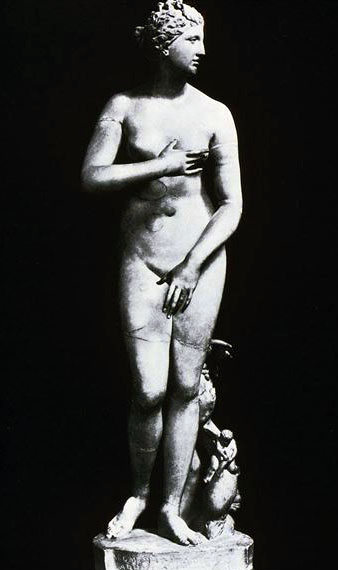
The “Medici Venus”, dating from the first century BCE
But wait! There’s more! Not only is the Campbells’ bust of Venus a copy of Antonio Canova’s Venus Italica, which is a copy of the Medici Venus, but the Medici Venus actually has its beginnings as a copy of an even OLDER sculpture- the Venus of Knidos crafted in ancient Greece. Though the original is no longer in existence, we do still have (you guessed it!) copies of what the original is thought to have looked like.… and it’s missing a couple of key features.
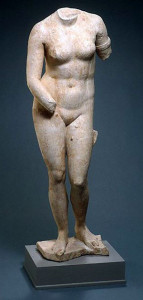
A copy of the “Venus Knidos”, which dates back to Greek antiquity
So there you have it. The Campbells’ bust of Venus is actually a copy of a copy of a copy of a copy. Is your head spinning yet?
This practice of reproducing classical sculptures for display in the home became increasingly popular during the 19th century and artists began more and more to use classic works as inspirations for new pieces. This movement, known as neoclassicism, posed a pretty big problem for scholars and critics at the time—was this art new? Or was it just a copy? The answer that’s generally been agreed upon is, quite simply, both. We can see how much change that the original Venus underwent before its later incarnation ended up in the Campbell House, with differences added slowly over time and making the figure more naturalistic. Though these changes and the commercialization of famous works made art more accessible to the common man, it has been argued this neoclassical movement actually marks beginning of art’s decline, throwing artistic innovation and identities out the window in favor of cheap reproductions.
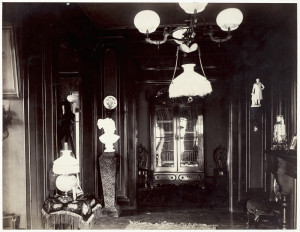
Venus (center left) in the Morning Room of the Campbell House, circa 1885
© Campbell House Foundation 2013
Regardless of the position you take, it can’t be denied that even these neoclassical pieces spared no lack of attention to detail and, when push comes to shove, we’re pretty pleased that our copy of Canova’s Venus has kept watch from the corner here at Campbell House for the last 150 years. Even if it is a copy of a copy…of a copy.
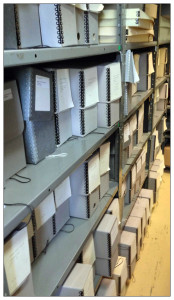 Today we start a several-week series of posts on the incredible story told by the layers of paint, wallpaper, carpeting and woodwork found throughout Campbell House. Though you won’t see it on a regular visit to the Museum, our climate-controlled storage room holds thousands of scraps of wall/floor coverings and samples of the beautiful paint and original woodwork that once adorned the Campbells’ halls.
Today we start a several-week series of posts on the incredible story told by the layers of paint, wallpaper, carpeting and woodwork found throughout Campbell House. Though you won’t see it on a regular visit to the Museum, our climate-controlled storage room holds thousands of scraps of wall/floor coverings and samples of the beautiful paint and original woodwork that once adorned the Campbells’ halls.